All About Water
- By Healthy Living Liberty Lake
- •
- 31 Aug, 2017
- •
How much water should you actually be drinking?
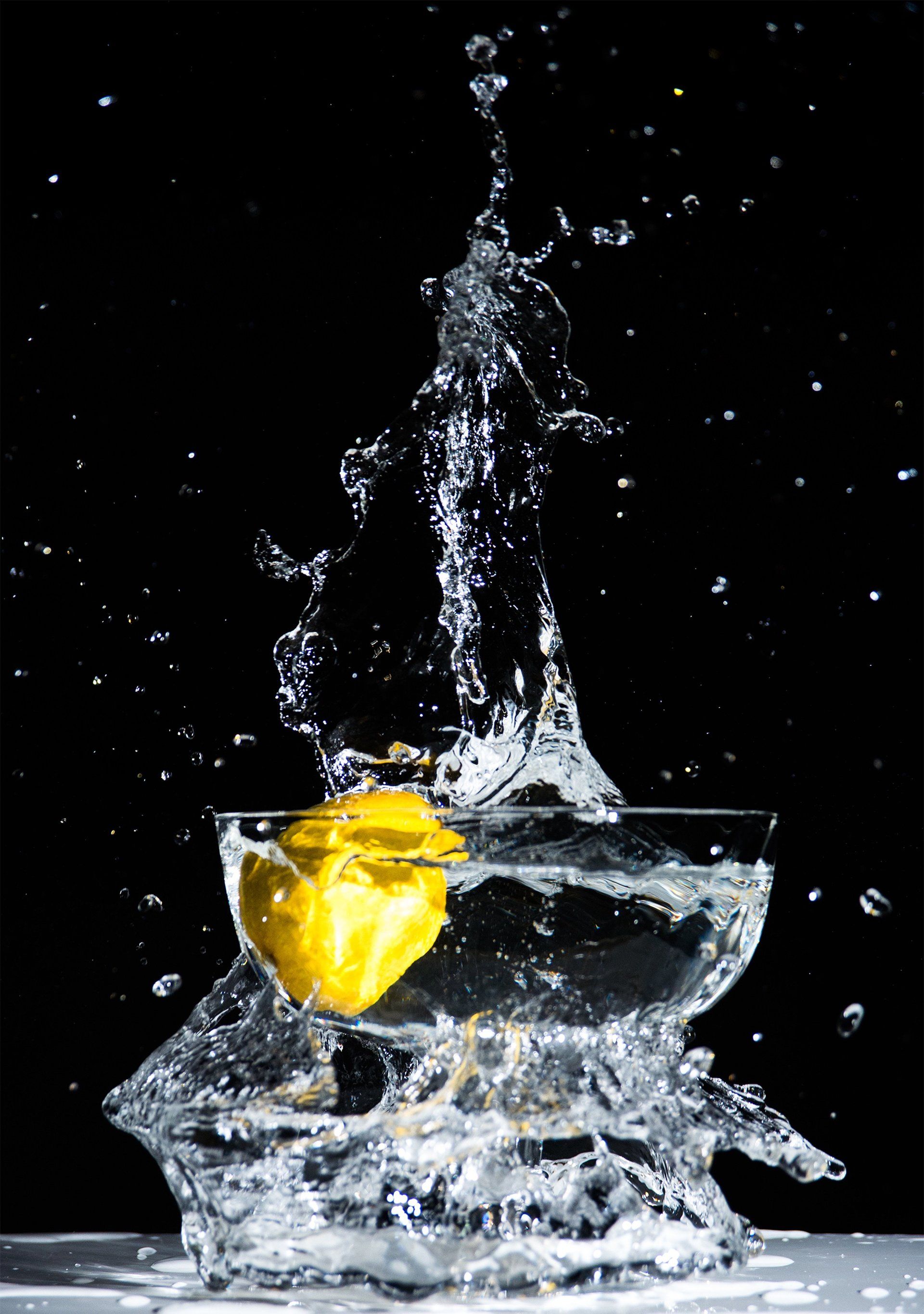
We've all heard the advice to drink more water. Eight glasses a day, to be precise. Whether you're thirsty or not, it's good for you. I've always doubted this advice since it had no sound reasoning behind it, other than "detoxification.” But now, a new study done by the University of Melbourne casts doubt on this advice.
Many who advocate drinking eight glasses or more of water daily are not aware of the potentially fatal side effect of water intoxication. We are fortunate in that we have a mechanism to regulate fluid intake to keep us from over-drinking. The study showed for the first time that the brain activates a "swallowing inhibition" when excess liquid is consumed.
Participants in the study had to rate the amount of effort that was required to swallow water following exercise when they were thirsty, and then later when they were persuaded to drink an excessive amount of water. There was a 3-fold increase in the swallowing effort after over-drinking, which validated that the swallowing reflex is inhibited when enough water has been consumed.
MRI was used to record the activity in different areas of the brain involved with swallowing. The prefrontal areas made more active when the participants attempted to swallow with a great effort, meaning that the frontal cortex steps in to override the swallowing inhibition, in order to avoid water intoxication.
Intoxication occurs when levels of sodium in the blood become abnormally low, which can cause symptoms of lethargy, confusion, nausea, convulsions and coma. In my 25 years of practice, I've had 2 patients die from excessively drinking water, causing sodium to be very low, which caused brain swelling. There have even been incidences where athletes in marathons were advised to fill up with water and then died, because they followed those incorrect recommendations and drank far in access of their actual need.
The researchers advocated doing what our bodies demand, stating that we should just drink according to our thirst, not a deliberate schedule. We should trust in our "swallowing inhibition" that the brain activates if excess liquid is consumed. The brain helps maintain tightly calibrated volumes of water in our bodies. Do drink when you're thirsty. And remember on hot summer days, like we have now, you'll need to drink more to stay hydrated. Even more so with exercise.
But don't drink water just because someone told you should drink at least eight glasses a day. Drink when you're thirsty, and you'll be fine.
By Dr. Susan Ashley, M.D.

By Dr. Susan Ashley, MD

By Dr. Susan Ashley, MD
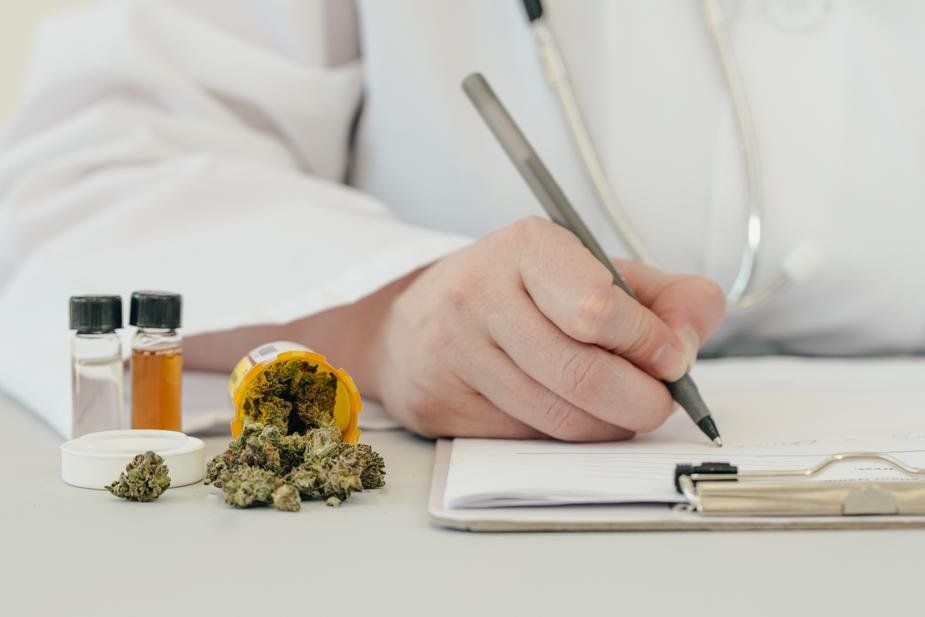
Opiates taken long term also leads to a reduced pain threshold, meaning a person on them will feel pain at a much earlier level than someone else.
There's a lot of interest now in using cannabis to reduce chronic pain, and studies have shown they can be quite effective for neuropathy, migraines, spasticity and joint pain.
However, it doesn't always work, and now a new study shows why.
Then at the end of the 4 years, the people who used cannabis for pain had greater pain severity scores They also found that the meds and other remedies taken for pain were less likely to be effective. In addition, they had greater generalized anxiety disorder severity scores. The bottom line-- the cannabis users were not able to decrease the use of narcotics. Why?
Because of the well known fact that chronic narcotic use decreases pain threshold. In fact in some people the threshold becomes so low that even minor pains can seem intolerable. In essence, the narcotics cancel the pain relieving effects of the cannabis.
Chronic opiates should be avoided as much as possible in chronic pain. Tolerance develops quickly, addiction can occur, and pain threshold is lowered. If you have chronic pain, use other modalities first to try to alleviate the pain. This includes cannabis, acupuncture, anti-inflammatory drugs, weight loss, energy medicine, and stem cells. We have used IV stem cells for reduction of neuropathy pain with good effects.
By Dr. Susan Ashley, MD
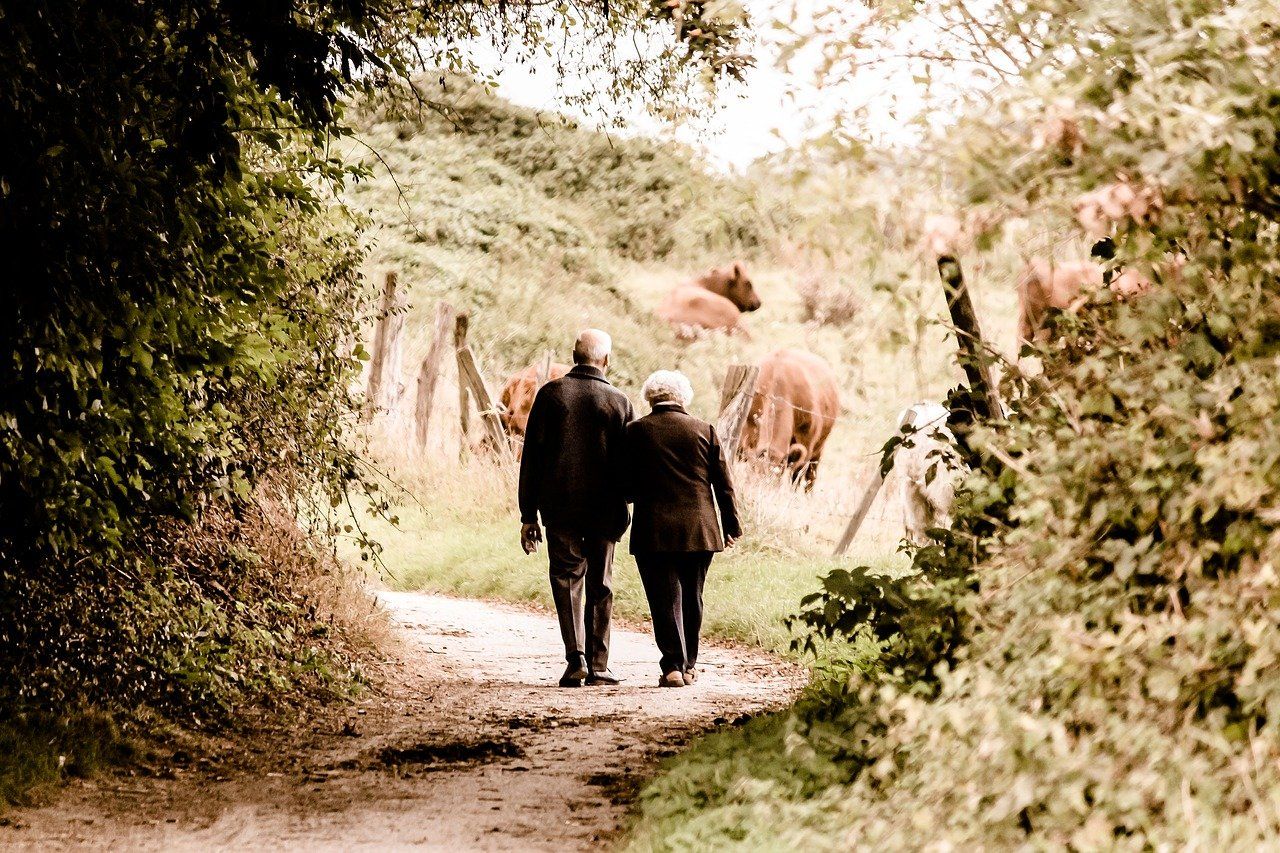
Not only that, but those who walked at a fast pace reduced their risk of death even further, by 24 percent.
All it took was putting one foot in front of the other a little more quickly!
And when the researchers zeroed in on cardiovascular disease deaths among participants over age 60, the results were even more striking.
Compared to the slowest walkers, average-paced walkers slashed their risk of dying from cardiovascular disease by 46 percent -- and the fast-paced walkers slashed it by a whopping 53 percent.
Now, the study didn't determine exactly how walking at a faster pace can add years to your life. And how fast do you have to walk just to hit the "average" mark? How brisk is brisk?
In the study, a "fast" pace was defined as one that makes you slightly out of breath or sweaty when sustained. That could vary depending on how much you weigh, how much sleep you got, how much you ate earlier in the day, etc. So there was no exact speed such as 3 mph or 4 mph.
By Dr. Susan Ashley, MD
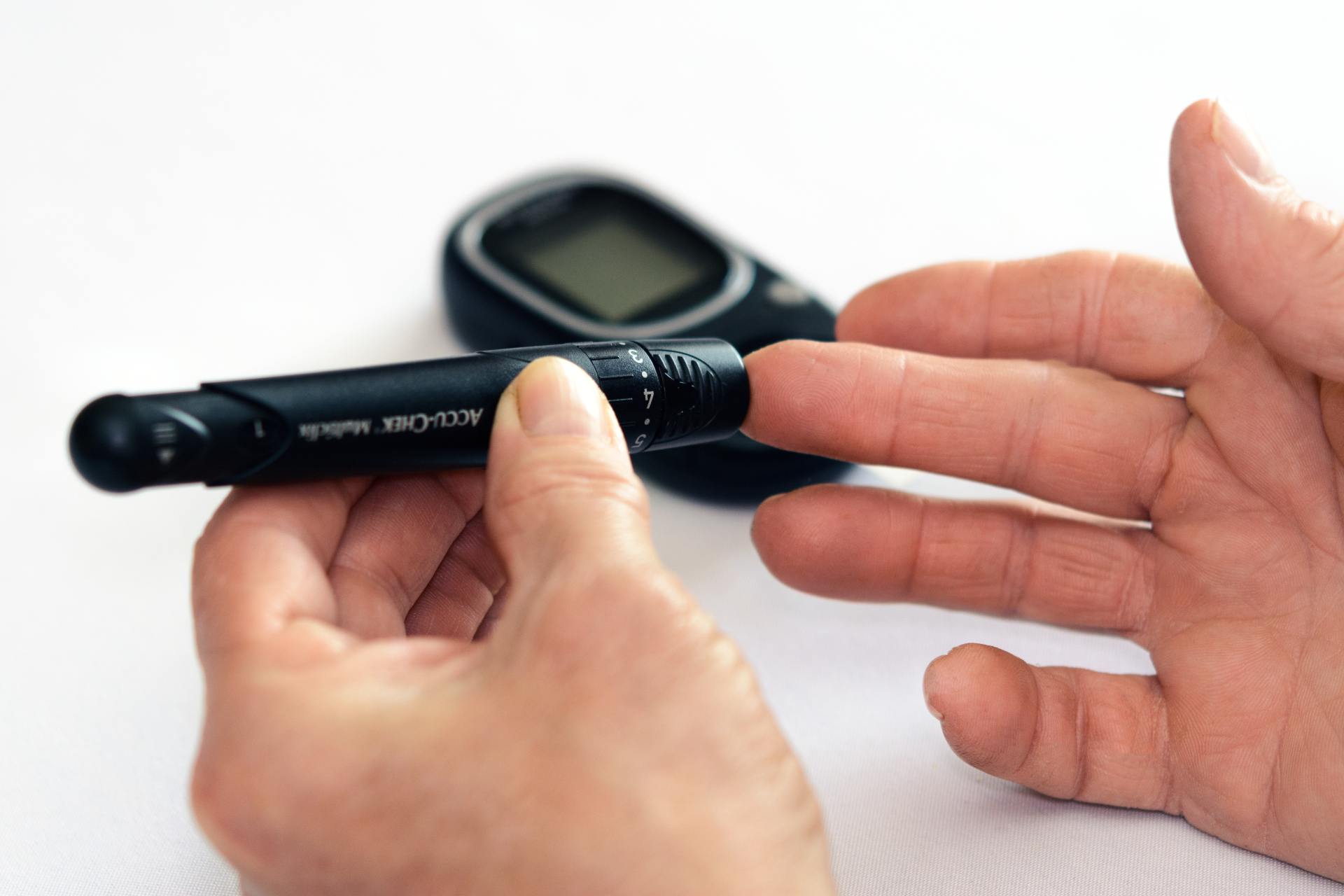
By Dr. Susan Ashley, MD
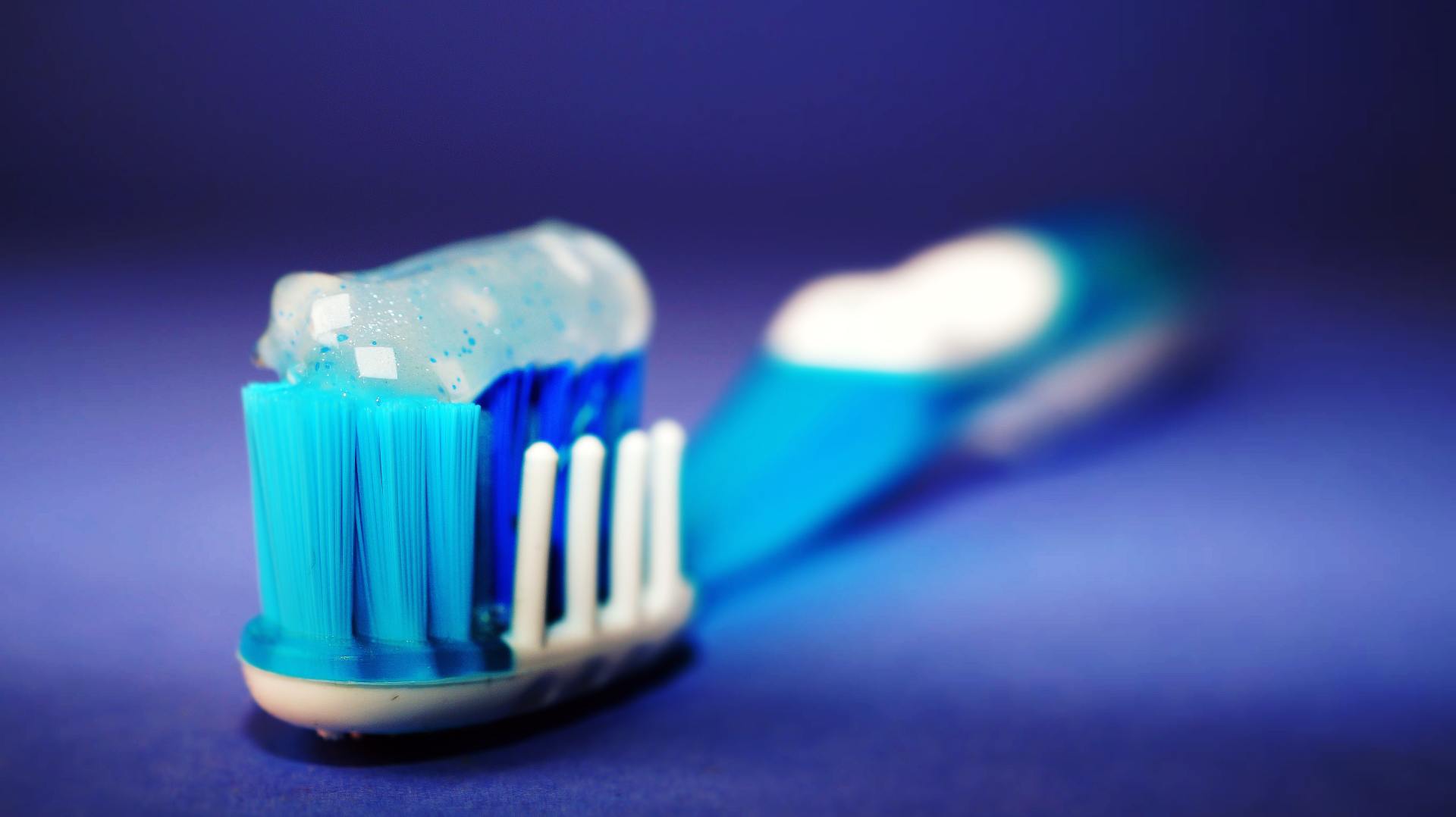
Side effects of triclosan include:
- About 1/2 cup coconut oil
- 2-3 Tablespoons of baking soda
- 2 small packets of stevia powder
- 15-20 drops of peppermint or cinnamon essential oil
- 10 drops myrrh extract (optional)
Natural Toothpaste Instructions
- Melt or slightly soften coconut oil.
- Mix in other ingredients and stir well. If using semi-hard coconut oil, use a fork, if not, use a spoon. If you are using completely melted coconut oil, you will need to stir several times while the mixture cools to keep the baking soda incorporated.
- Put mixture into small glass jar (I make different ones for each family member)
- Let cool completely.
- To use: dip toothbrush in and scrape small amount onto bristles. Could also use a small spoon to put on toothbrush.
By Dr. Susan Ashley, MD

By Dr. Susan Ashley, MD

By Dr. Susan Ashley, MD
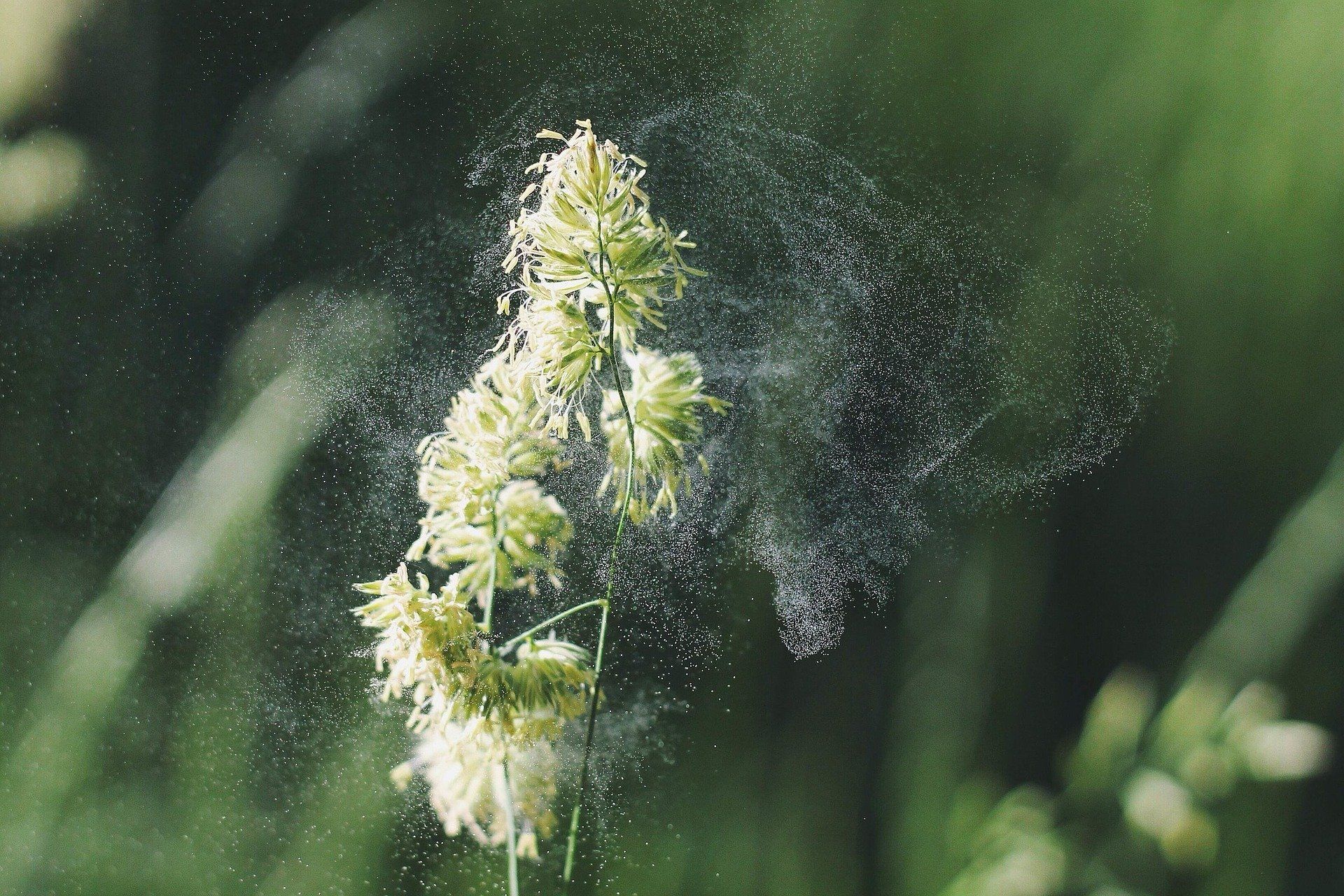
By Dr. Susan Ashley, MD
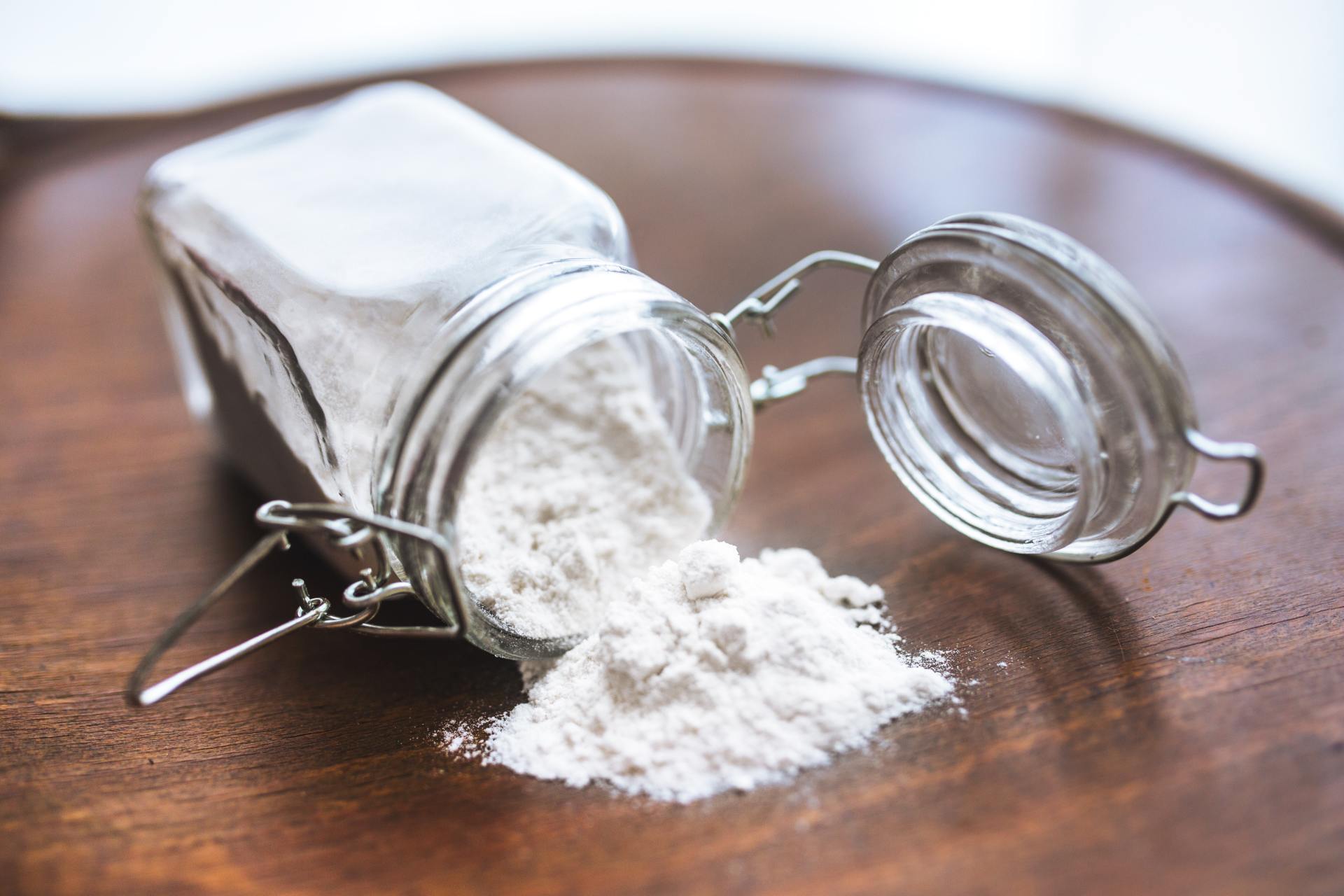
By Dr. Susan Ashley, MD
